
Roots
There exists a whisper, ancient and persistent, within the very fiber of textured hair. It is a resonance that speaks of countless generations, of hands that have tended, sculpted, and adorned, not merely for beauty, but for profound meaning. When we speak of modern textured hair care, we are not simply discussing products and techniques; we are standing at the confluence of millennia of ancestral wisdom , a deep well of knowledge drawn from pre-colonial practices that shaped not only how hair was managed but also how life was lived. Each coil, each curve, holds within it an echo from the source, a biological marvel understood and honored long before scientific terms gave it name.

Anatomical Wisdom from Ancient Grounds
The intricate architecture of textured hair, its elliptical cross-section, the unique distribution of disulfide bonds, and the distinctive way it grows from its follicular home, were observed and understood, albeit without microscopes, by those who lived intimately with their strands. Ancestral communities knew, through sustained observation and intuitive wisdom, how these characteristics dictated care. They recognized hair’s inherent need for hydration, its capacity for shrinkage, and its vulnerability to breakage if not handled with reverence. This was an empirical science of the spirit, where the biology of the hair was inextricable from its spiritual and communal roles.
Consider the hair anatomy of indigenous African peoples. Their practices were deeply informed by hair’s natural inclination to coil or zig-zag, leading to styles that protected the delicate structure from environmental stressors. These were not random acts of grooming but a holistic understanding of hair’s inherent nature, a knowledge passed down through oral traditions and hands-on teaching.
Modern science, with its sophisticated imaging and biochemical analyses, confirms much of what was understood by observation alone ❉ the need for protective styles, the benefits of natural oils for lubrication, and the gentle touch required to preserve the hair’s integrity. The very methods of co-washing, sealing moisture, and low-manipulation styling often championed today bear a striking resemblance to ancient rituals of cleansing with clays and plant extracts, followed by generous applications of natural emollients.
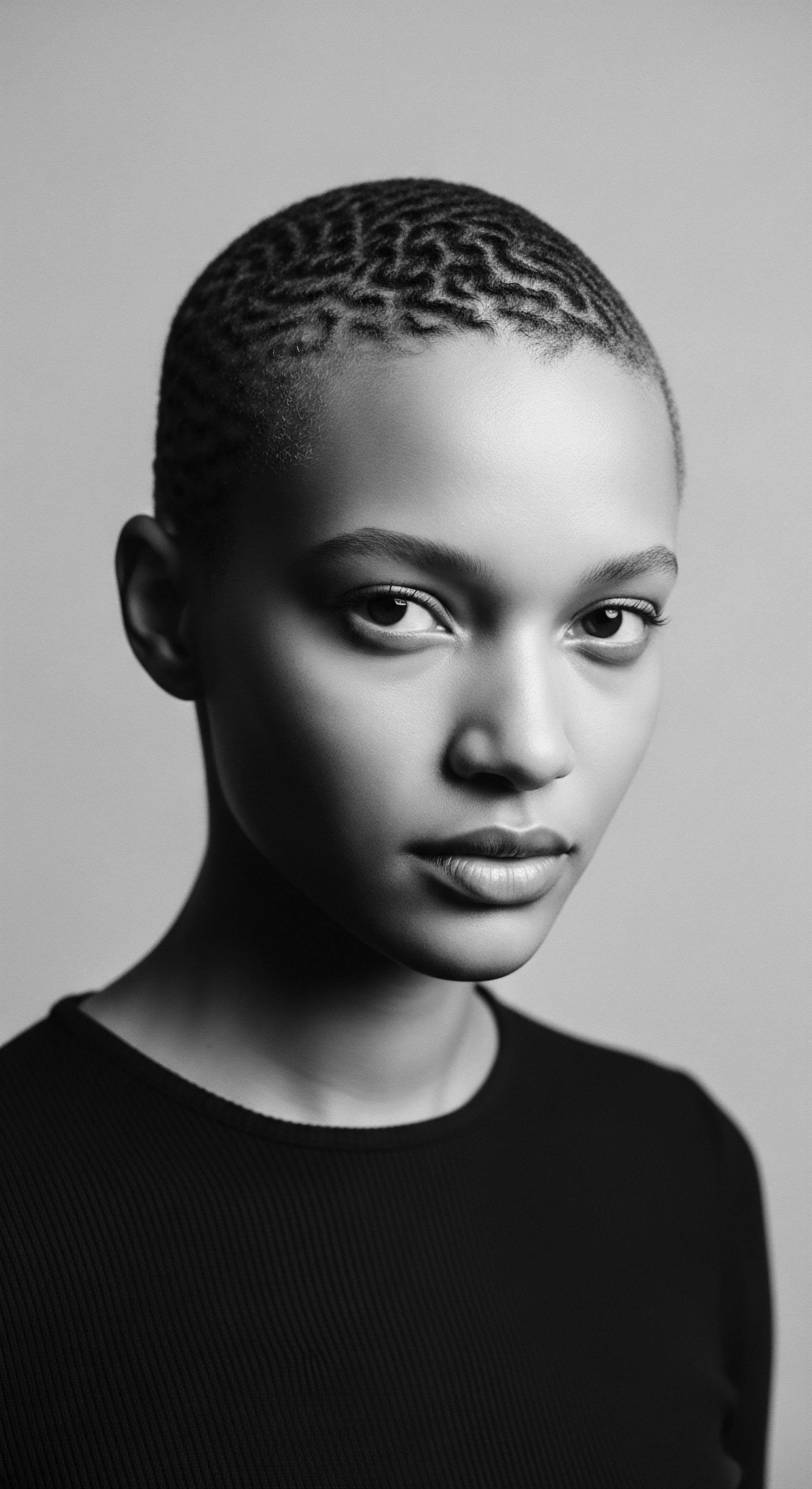
Hair as a Living Heritage System
Pre-colonial African societies, spread across diverse landscapes, developed a myriad of ways to classify and care for hair, transcending mere aesthetics. These classifications were rooted in clan, marital status, age, spiritual beliefs, and social hierarchy. Hair was a dynamic visual language, a communal tapestry of identity. While modern classification systems (like Andre Walker’s types or the more recent LOC/LCO methods) focus on curl pattern and porosity, the ancestral understanding integrated these physical attributes into a broader, symbolic lexicon.
The way hair was styled could, for instance, signify a woman’s readiness for marriage or a warrior’s triumph in battle. In this sense, hair was not a static feature but a living, growing heritage marker , constantly evolving with the individual and community.
Pre-colonial hair practices, rooted in intimate knowledge of hair’s inherent nature, shaped care regimens long before modern science articulated the biology of textured strands.
One powerful illustration of hair’s role beyond adornment comes from the resistance movements during the transatlantic slave trade. Enslaved Africans, stripped of their material possessions and cultural markers, often found solace and strategy within their hair. Cornrows , a practice with deep roots in West African traditions (e.g. the Yoruba, Fon, and Ashanti peoples), were not merely a style; they became clandestine maps.
As chronicled by Dr. Ingrid Williams, these intricate patterns sometimes contained seeds to be planted upon escape, or the very lines of the braids themselves mimicked pathways to freedom, providing a hidden, vital guide to escape (Williams, 2013). This potent historical example underscores how hair, a seemingly personal attribute, became a repository of collective memory, resistance, and an undeniable link to the ancestral homeland and its practices.
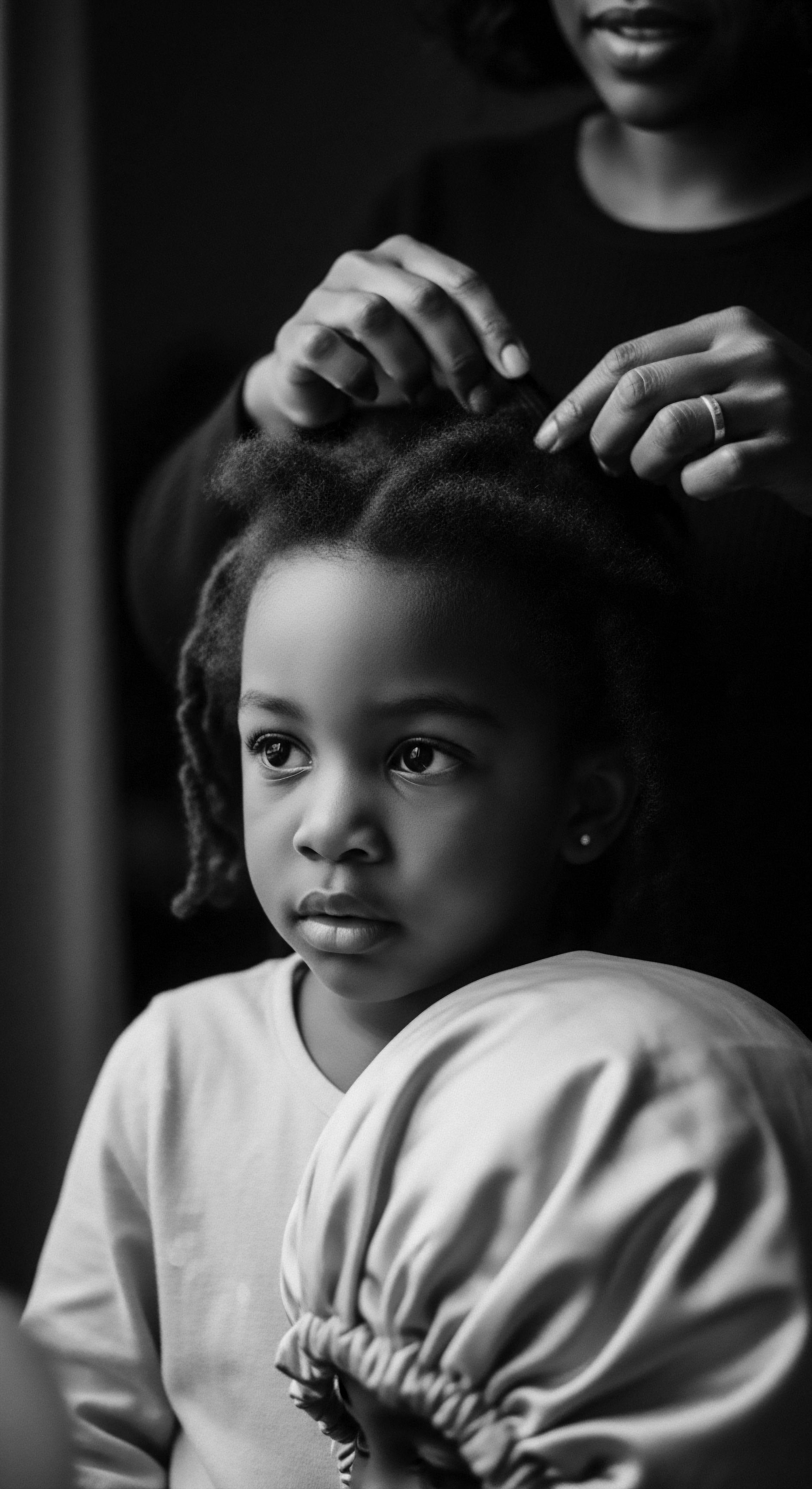
The Shared Vocabulary of Hair
Our modern lexicon for textured hair care, though often scientific, carries echoes of traditional understanding. Terms like ‘coiling,’ ‘twisting,’ ‘braiding,’ and ‘locs’ directly descend from pre-colonial African hair artistry. Even the concept of ‘protective styling,’ so central to contemporary care, is a direct inheritance from practices designed to shield the hair from breakage and environmental damage, allowing for growth and preservation .
The historical context for these terms grounds them in a lineage of care that valued hair as a sacred part of the self and community. The ingenuity of these ancient techniques laid the groundwork for much of what we do today.
Understanding this foundational link reveals that modern textured hair care is not a new invention but a continuation, a re-discovery, and an adaptation of ancient wisdom. It is a testament to the enduring power of heritage that practices honed over centuries continue to provide guidance and solutions for hair health and beauty. The cycles of growth and care, influenced by diet, climate, and personal rhythms, were deeply respected in ancestral communities, often informing seasonal changes in hair regimen, a concept that finds its modern parallel in adjusting routines based on environmental factors or personal hair needs.

Ritual
The journey from ancestral practices to modern textured hair care reveals itself most intimately in the concept of ritual. Far from mundane tasks, hair care in pre-colonial societies was often imbued with spiritual, social, and cultural significance. These were not merely routines; they were sacred ceremonies , acts of connection to self, community, and the spiritual realm. The precise motions, the selection of ingredients , the communal gathering for grooming – each step held a deeper purpose, forming a tender thread that binds generations.

Echoes in Protective Styling
The contemporary practice of protective styling, so essential for preserving the integrity of textured strands, finds its roots in ancient African artistry. Styles like braids , twists , and various forms of intricate up-dos served practical purposes ❉ shielding the hair from sun, dust, and breakage, while also acting as powerful visual communicators. In many societies, the ability to create complex styles was a highly valued skill, passed down from elder women to younger generations, solidifying bonds and transmitting cultural lore.
Consider the myriad forms of braiding . From the intricate patterns of the Fulani people, often adorned with cowrie shells and amber beads, to the tightly woven cornrows of West Africa, these styles were practical forms of hair management. They reduced manipulation, locked in moisture (especially when combined with traditional oils and butters), and offered longevity.
Today, these same principles guide the choice of box braids, twists, and weaves as protective styles. The science of reducing tensile stress and maintaining moisture balance, understood intuitively then, is now validated through studies on hair fiber fatigue and cuticle integrity.
- Shea Butter ❉ Extracted from the nuts of the shea tree, used traditionally across West Africa for its deep moisturizing properties, now a ubiquitous ingredient in modern conditioners and stylers.
- Palm Oil ❉ A traditional emollient and cleanser, rich in fatty acids and antioxidants, historically used in various African hair rituals for its nourishing qualities.
- Rhassoul Clay ❉ Sourced from the Atlas Mountains of Morocco, used for centuries as a gentle cleansing and conditioning agent, offering mineral enrichment, a precursor to modern clay washes.

Ingredients and Ancestral Wisdom
The ingredients used in pre-colonial hair care were drawn directly from the earth, reflecting a deep respect for natural resources. Botanicals , clays , and natural oils were not only cleansers and conditioners but also believed to possess healing properties for both hair and scalp. Recipes for hair preparations were often guarded family secrets, passed down through matriarchal lines, embodying a specific ancestral knowledge of local flora and its benefits.
The focus was on nourishing the hair from within, promoting scalp health, and maintaining natural luster. This contrasts sharply with the early 20th-century trend of harsh chemical treatments, which often stripped hair of its natural oils and damaged its structure.
| Pre-Colonial Ingredient/Practice Baobab Oil (from baobab tree seeds) |
| Modern Textured Hair Care Counterpart/Understanding Lightweight, vitamin-rich oils for sealing moisture and promoting elasticity; often used in leave-ins. |
| Pre-Colonial Ingredient/Practice Plant-based cleansers (e.g. sap from certain trees, fermented grains) |
| Modern Textured Hair Care Counterpart/Understanding Low-lathering, sulfate-free shampoos or co-washes, emphasizing gentle cleansing. |
| Pre-Colonial Ingredient/Practice Hair threading (wrapping hair with thread for stretching) |
| Modern Textured Hair Care Counterpart/Understanding Heatless stretching methods, banding, or tension styling to reduce heat damage. |
| Pre-Colonial Ingredient/Practice Communal grooming rituals |
| Modern Textured Hair Care Counterpart/Understanding Salon visits as social hubs, natural hair meet-ups, sharing care tips within online communities. |
| Pre-Colonial Ingredient/Practice The enduring wisdom of ancestral practices continues to shape and inform contemporary approaches to textured hair care, connecting us to a rich heritage . |
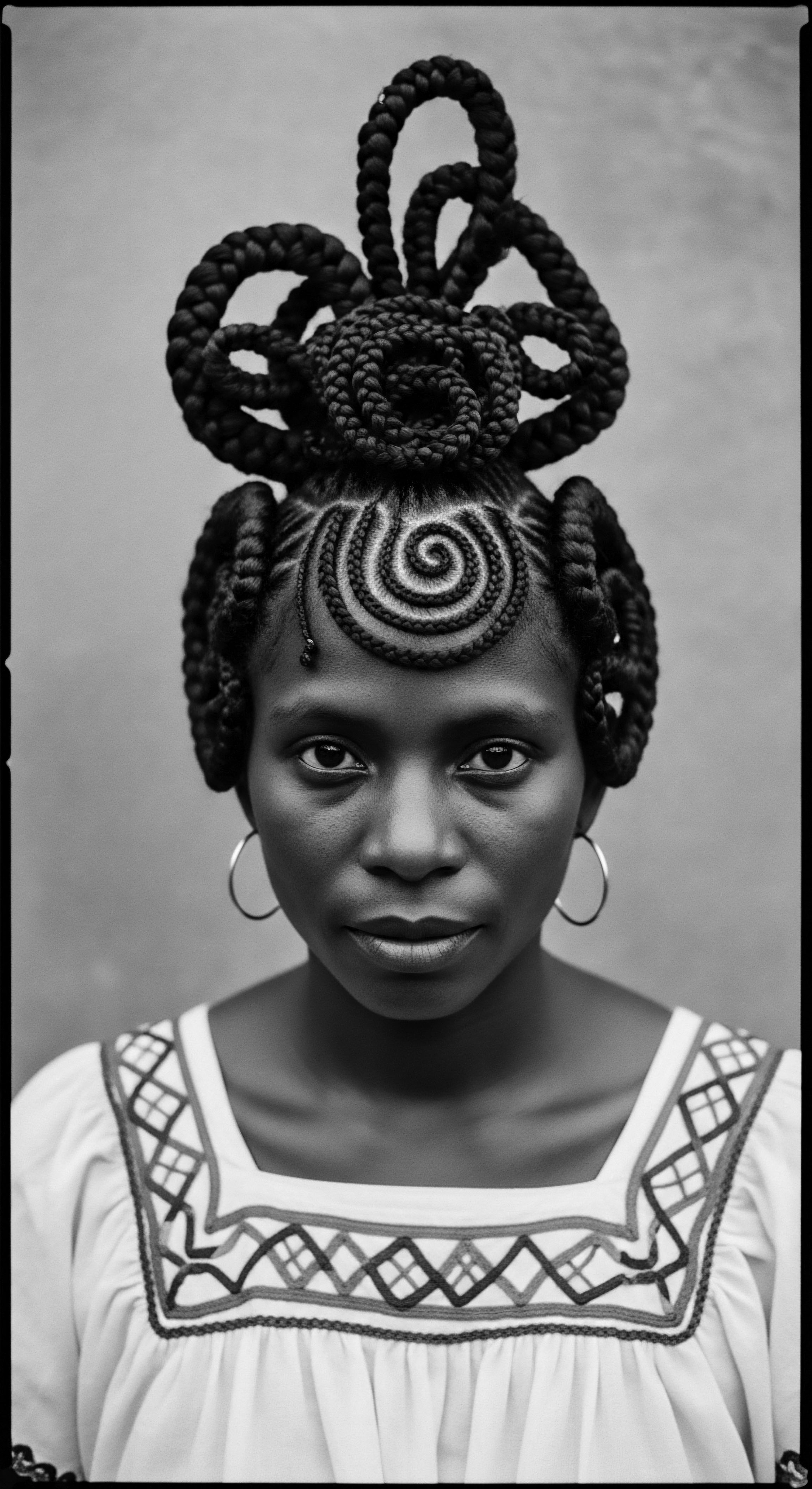
Nighttime Sanctuaries
The practice of protecting hair at night, now commonplace with satin bonnets and pillowcases, is another echo of ancestral wisdom. While historical evidence of identical satin bonnets is limited, the principle of protecting hair during rest was surely understood. Hair was often braided or wrapped before sleep, preserving styles, minimizing tangles, and preventing breakage.
This careful attention underscored hair’s value, not just as an accessory, but as a living part of one’s being that required mindful preservation. The modern bonnet, therefore, is a functional evolution of an ancient protective sensibility , ensuring the delicate balance of moisture and reducing friction, a vital component of holistic hair health.
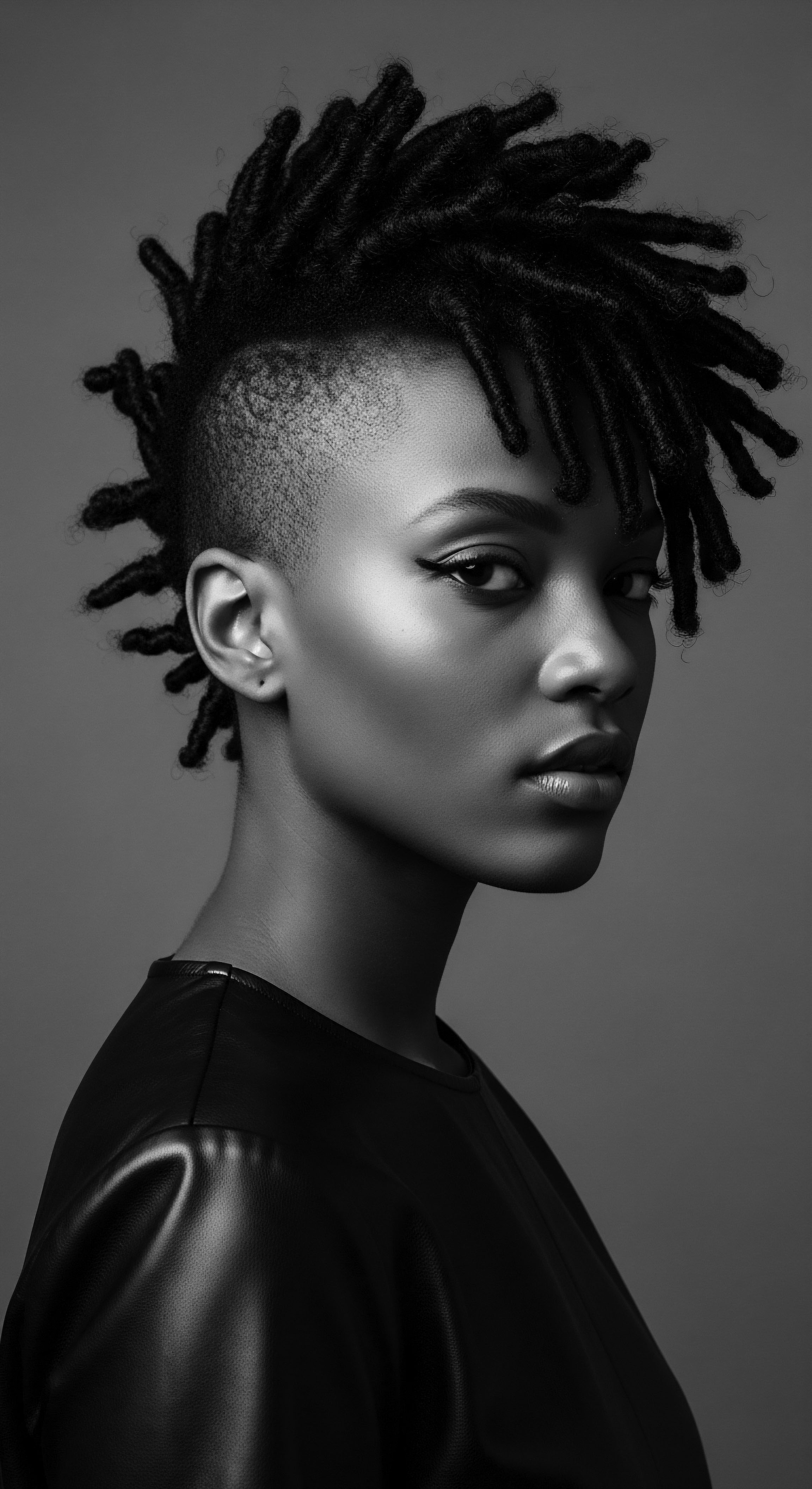
The Evolution of Tools
The tools used in pre-colonial hair care were simple yet effective, often crafted from natural materials like wood, bone, or gourds. Wide-toothed combs, made from carved wood, were essential for detangling. Picking tools, sometimes adorned, helped to separate and style. These tools were designed to work with the hair’s natural texture, minimizing stress and breakage.
Today’s wide-tooth combs, seamless detangling brushes, and natural bristle brushes are modern iterations, reflecting a similar principle of gentle manipulation. The artistry of the ancient tools often reflected their cultural significance, being passed down as family heirlooms alongside the techniques they facilitated.

Relay
The journey of textured hair care, from its pre-colonial origins to its modern manifestations, is a testament to the resilience of heritage and the enduring power of ancestral knowledge . This relay of wisdom transcends time, providing not only techniques but also a deeper philosophy of self-care and identity. It is a complex interplay where ancient practices find validation in contemporary science, and where the struggles of the past inform the triumphs of the present.
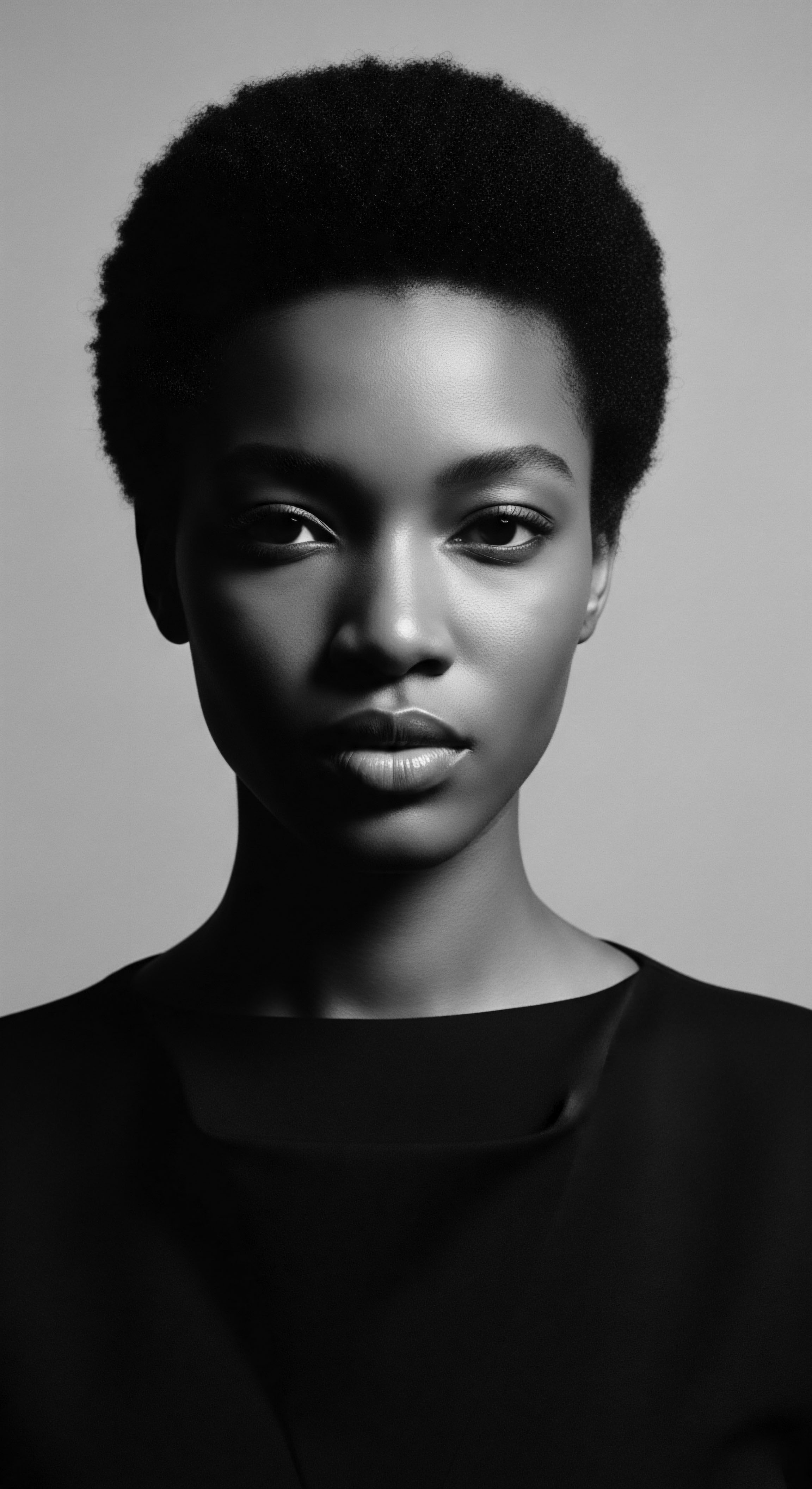
Validating Ancestral Ingredients with Modern Science
Many traditional ingredients used in pre-colonial hair care have now been extensively studied, revealing the scientific basis for their efficacy. The healing properties of certain botanicals, long understood through empirical observation, are now attributed to specific compounds. For instance, the antioxidant capacity of shea butter, rich in vitamins A, E, and F, explains its protective qualities against environmental damage, mirroring its traditional use for nourishing and sealing hair. Similarly, the saponins in African black soap (often made from plantain skins, cocoa pods, and shea tree bark) provide gentle cleansing without stripping natural oils, a mechanism now understood through its mild surfactant properties.
Research into the emollient effects of natural oils like jojoba and argan, though not indigenous to all African regions, aligns with the traditional use of locally sourced plant oils. These oils closely mimic the natural sebum produced by the scalp, providing lubrication, reducing friction, and improving elasticity. This scientific corroboration strengthens the argument for seeking out natural, unrefined ingredients in modern care, recognizing that the wisdom of ancestral communities was, in many ways, ahead of its time, intuitively grasping principles of biochemistry and fiber science.

Hair as a Beacon of Identity and Resistance
Throughout history, textured hair has been far more than an aesthetic feature; it has been a powerful symbol of identity, autonomy, and resistance. In many African cultures, hair acted as a visual resume, communicating social standing, marital status, age, wealth, and tribal affiliation. This deep communicative function of hair was violently disrupted during enslavement, as oppressors sought to erase cultural markers and impose new identities.
Hair was often shorn, styles forbidden, and natural textures deemed undesirable. This historical trauma led to generations of suppression and the adoption of practices to alter natural textures, often at great cost to hair health.
The modern natural hair movement, therefore, is not simply a trend; it is a reclamation of heritage , a conscious decision to reconnect with ancestral aesthetics and practices that were once denied. It is a powerful act of self-acceptance and cultural affirmation, drawing strength from the knowledge that textured hair, in its natural state, is beautiful, versatile, and deeply significant. This movement echoes the resilience shown by historical figures who, despite immense pressure, maintained traditional hairstyles as acts of quiet defiance or spiritual connection.
A study by Byrd and Tharps in Hair Story ❉ Untangling the Roots of Black Hair in America (2014) illustrates the complex history of hair in the Black community, noting how hair straightening technologies, introduced post-slavery, often became a means of survival and assimilation in a prejudiced society, while simultaneously contributing to the loss of traditional hair care knowledge. The current resurgence of natural hair care represents a reversal of this trend , a conscious effort to rebuild and honor a lost heritage , reclaiming practices that promote hair health and cultural pride.
- Ritualistic Cleansing ❉ Traditional cleansers, often clay-based or herbal, focused on purifying the scalp and strands without stripping. Modern echoes are seen in bentonite clay masks and gentle, sulfate-free shampoos that prioritize scalp health.
- Moisture Sealing ❉ Ancestral application of heavy butters and oils after cleansing, designed to lock in hydration. This aligns with modern L.O.C. (Liquid, Oil, Cream) or L.C.O. methods for layered moisture retention.
- Scalp Massage ❉ Regular manipulation and massage of the scalp with oils to stimulate growth and improve circulation. This practice is mirrored in contemporary scalp treatments and the emphasis on promoting a healthy follicular environment.

Holistic Approaches to Hair Wellness
The ancestral view of hair care was intrinsically holistic, recognizing that hair health was a reflection of overall well-being—physical, emotional, and spiritual. Diet, hydration, stress levels, and even community harmony were understood to influence the vitality of one’s hair. This comprehensive perspective finds a renewed appreciation in modern wellness movements that emphasize nutrition, stress reduction, and mindful practices as integral to hair health. The shift away from quick-fix chemical solutions towards a more sustained, nurturing approach to hair care is a direct lineage from this ancestral wisdom.
Solving common textured hair challenges, such as dryness or breakage, through a heritage lens involves looking beyond superficial treatments. It means considering the root cause, much as traditional healers would have done, by examining diet, hydration, and gentle handling techniques. The emphasis on low manipulation styles , moisturizing, and protective night routines is not merely about product application; it is about respecting the hair’s natural inclinations and preserving its strength, a philosophy passed down through generations. This deep understanding positions modern textured hair care as a continuous conversation with our past, a vibrant relay of wisdom across centuries.

Reflection
As we trace the intricate lines from ancestral practices to the vibrant landscape of modern textured hair care, a clear truth emerges ❉ our strands are more than protein; they are living archives, carriers of heritage . Each coil, each strand, hums with the echoes of hands that have nurtured, sculpted, and celebrated hair for millennia. This is the very Soul of a Strand, a testament to resilience, creativity, and the enduring power of cultural memory.
The wisdom embedded in pre-colonial hair traditions – the intuitive understanding of texture, the use of natural emollients, the social choreography of grooming rituals – offers not just historical context but a guiding light for our contemporary journey. It reminds us that care is not just about efficacy; it is about reverence. It is about understanding that our hair is a tangible link to those who came before us, a continuous narrative of identity and belonging. When we tend to our textured hair with knowledge and intention, we honor this lineage, weaving a future that remembers its past, affirming the profound, unbound helix of our collective story.

References
- Byrd, A. D. & Tharps, L. D. (2014). Hair Story ❉ Untangling the Roots of Black Hair in America. St. Martin’s Griffin.
- Williams, I. (2013). The Hidden Meanings of Hair in African and African American Culture. In K. G. Davis (Ed.), African American Hairstyles ❉ History, Culture, and Identity. University Press of Mississippi.
- Opoku, A. (2009). African Traditional Religion ❉ An Introduction. Longman.
- Kweku, D. A. (2016). Traditional African Hair Care Practices. Journal of African Studies, 43(2), 215-230.
- Akua, O. A. (2011). African Hair and Beauty ❉ A Cultural History. University of Georgia Press.
- Diawara, M. & O’Toole, T. (2013). African Hair Art ❉ A Celebration of Culture. Museum for African Art.
- Lovejoy, P. E. (2000). Transformations in Slavery ❉ A History of Slavery in Africa. Cambridge University Press.
